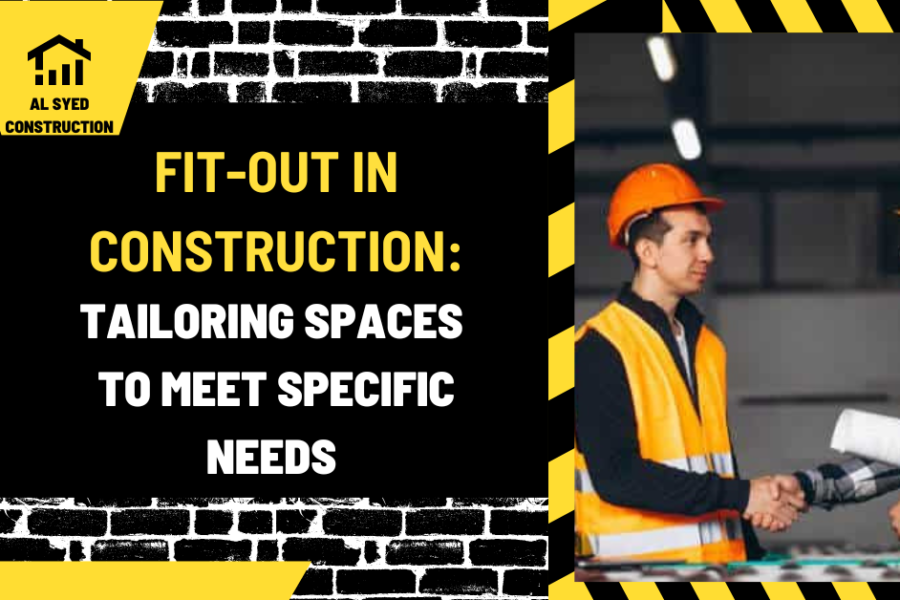Fit-Out in Construction: Tailoring Spaces to Meet Specific Needs
Table of Contents
Introduction
In the construction industry, the term “fit-out” refers to the process of making interior spaces suitable for occupation by completing the necessary finishes, fixtures, and furnishings. It is a crucial phase in the development of commercial and residential properties, as it involves transforming a bare shell into a functional and aesthetically pleasing environment. This article explores the concept of fit-out in construction, its different types, and the importance of careful planning and execution in achieving successful fit-out projects.
Understanding the Fit-Out Process
Types of Fit-Outs
Fit-outs can be categorized into several types based on the extent of work required:
- Shell and Core: Involves the completion of basic building infrastructure, including the main structure, cladding, and external works.
- Category A (Cat A): Includes basic finishes and installations such as raised floors, suspended ceilings, and basic mechanical and electrical services.
- Category B (Cat B): Involves the customization of the space to meet the specific requirements of the occupant, including final finishes, partitions, furniture, and equipment.
Stages of Fit-Out
The fit-out process typically involves several stages, from initial planning and design to construction and final handover. This includes:
- Design and Planning: Developing detailed plans and specifications that align with the client’s needs and budget.
- Construction: Executing the fit-out work according to the approved designs, including the installation of finishes, fixtures, and systems.
- Commissioning and Handover: Ensuring that all installations are functioning correctly and that the space is ready for occupation.
The Importance of Fit-Out in Construction
Customization and Functionality
A well-executed fit-out allows for the customization of spaces to meet the specific needs and preferences of the occupants. It ensures that the space is not only visually appealing but also functional and conducive to the intended use, whether it be an office, retail store, or residential unit.
Enhancing Property Value
Investing in a high-quality fit-out can significantly enhance the value of a property. It can attract tenants or buyers, generate higher rental or sale prices, and contribute to the overall marketability of the space.
Conclusion
Fit-out is an essential component of the construction process, as it transforms empty spaces into functional and personalized environments. Whether it’s a Cat A or Cat B fit-out, careful planning, design, and execution are crucial to achieving a successful outcome. By tailoring spaces to meet specific needs, fit-out projects not only enhance the functionality and aesthetics of interior spaces but also add value to the property, making them a key consideration in the construction and development of commercial and residential properties.




